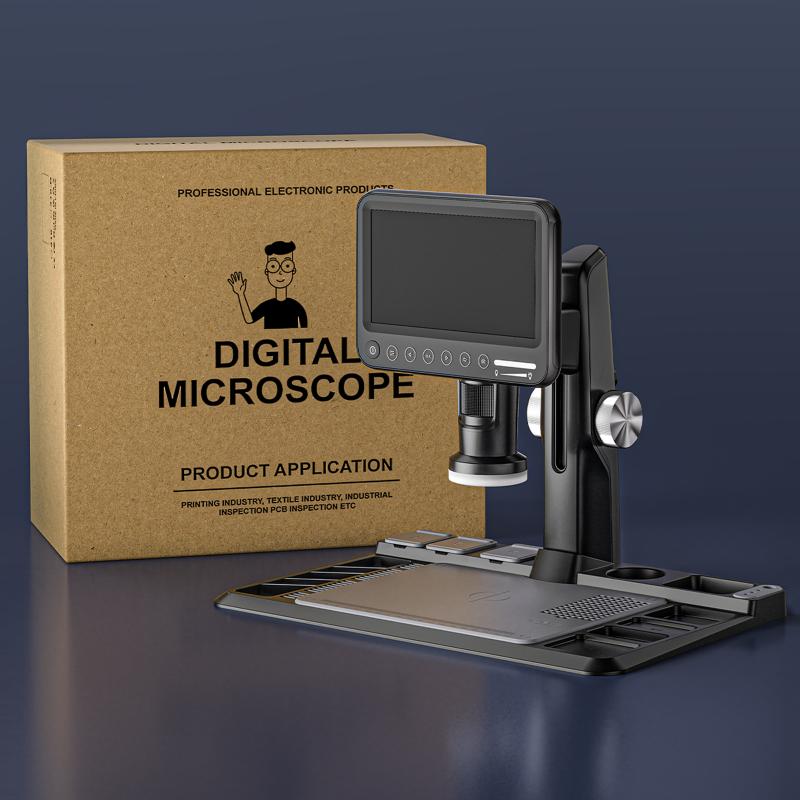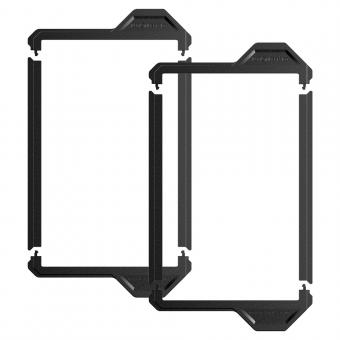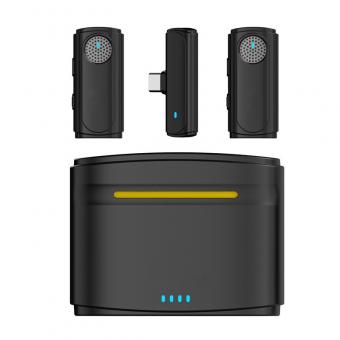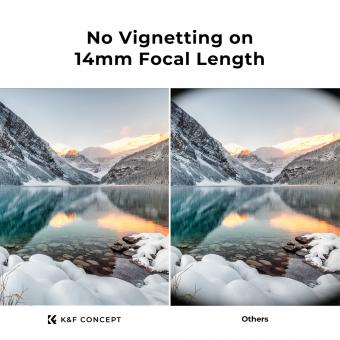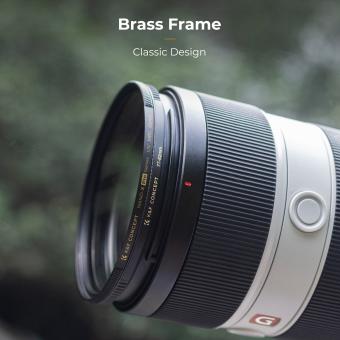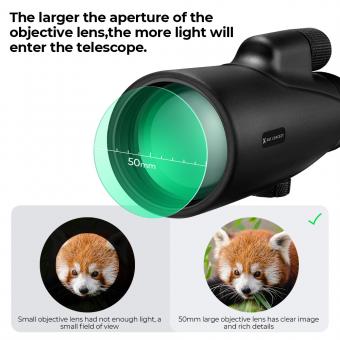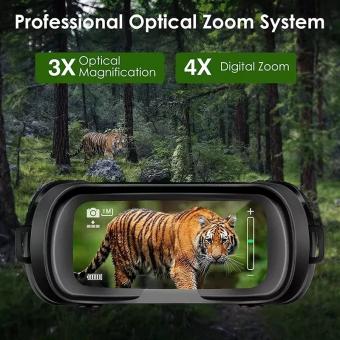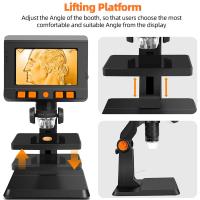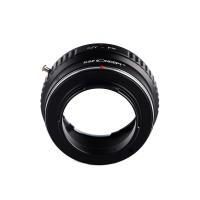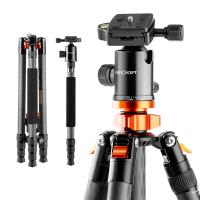How To Increase Working Distance Microscope ?
To increase the working distance of a microscope, you can use a few techniques. One option is to use a microscope with a longer focal length objective lens, as this will provide a greater working distance. Another approach is to use a lower magnification objective lens, as higher magnification lenses typically have shorter working distances. Additionally, adjusting the focus of the microscope can help increase the working distance. By carefully adjusting the focus, you can position the specimen further away from the objective lens, thus increasing the working distance.
1、 Adjusting the objective lens
To increase the working distance of a microscope, one can adjust the objective lens. The working distance refers to the distance between the objective lens and the specimen being observed. By increasing this distance, it allows for the examination of larger and thicker specimens without the need for additional adjustments or modifications.
To adjust the objective lens, follow these steps:
1. Start by locating the coarse focus knob on the microscope. This knob is usually located on the side or underneath the stage.
2. Turn the coarse focus knob counterclockwise to lower the objective lens closer to the specimen. This will decrease the working distance.
3. To increase the working distance, turn the coarse focus knob clockwise. This will raise the objective lens away from the specimen.
4. Continue adjusting the coarse focus knob until the desired working distance is achieved. It is important to make small adjustments and observe the changes through the eyepiece to avoid damaging the specimen or the microscope.
It is worth noting that the working distance of a microscope is determined by the design and specifications of the objective lens. Therefore, the maximum working distance is limited by the lens itself. However, by adjusting the objective lens, one can optimize the working distance for different specimens and magnifications.
In recent years, advancements in microscope technology have led to the development of objective lenses with longer working distances. These lenses are particularly useful for observing thick or irregularly shaped specimens, such as biological tissues or electronic components. Additionally, some microscopes now offer adjustable working distances through motorized objective lenses, allowing for precise and automated adjustments.
In conclusion, adjusting the objective lens is a simple and effective way to increase the working distance of a microscope. This technique, combined with advancements in objective lens design, provides researchers and scientists with greater flexibility and versatility in their microscopic observations.
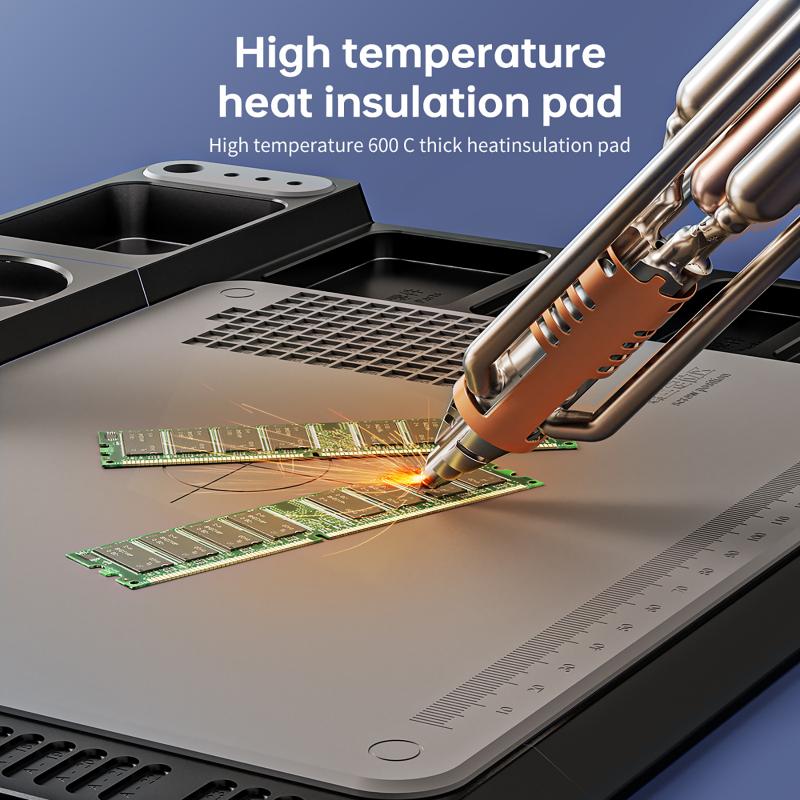
2、 Using a longer focal length objective lens
One way to increase the working distance of a microscope is by using a longer focal length objective lens. The working distance refers to the distance between the objective lens and the specimen being observed. By increasing the focal length of the lens, the working distance can be extended, allowing for more space between the lens and the specimen.
Using a longer focal length objective lens has several advantages. Firstly, it provides more room for manipulating the specimen or inserting additional tools, such as microinjection needles or electrodes. This is particularly useful in applications such as microsurgery or cell manipulation, where precise movements are required.
Additionally, a longer working distance reduces the risk of damaging the objective lens or the specimen. When the lens is too close to the specimen, there is a higher chance of accidental contact or contamination. By increasing the working distance, the risk of such incidents is minimized.
Moreover, a longer working distance can improve the quality of the image obtained. When the lens is closer to the specimen, there is a higher likelihood of aberrations or distortions in the image. By increasing the working distance, these aberrations can be reduced, resulting in a clearer and more accurate image.
It is important to note that using a longer focal length objective lens may also affect other aspects of the microscope system, such as the magnification or field of view. Therefore, it is crucial to consider the specific requirements of the application and choose the appropriate lens accordingly.
In conclusion, increasing the working distance of a microscope can be achieved by using a longer focal length objective lens. This approach provides more space for manipulation, reduces the risk of damage, and improves the quality of the image obtained. However, it is essential to consider the trade-offs and select the lens that best suits the specific needs of the application.

3、 Utilizing a tube lens with a longer focal length
To increase the working distance of a microscope, one effective method is to utilize a tube lens with a longer focal length. The tube lens is an essential component of the microscope's optical system, located between the objective lens and the eyepiece or camera. It helps to focus the image produced by the objective lens onto the eyepiece or camera sensor.
By using a tube lens with a longer focal length, the distance between the objective lens and the specimen can be increased, resulting in a larger working distance. This allows for more space between the objective lens and the specimen, making it easier to manipulate the sample or introduce additional equipment, such as electrodes or microinjection needles.
Advancements in microscope technology have led to the development of tube lenses with longer focal lengths. These lenses are designed to provide a larger working distance without compromising the quality of the image. They are often used in specialized applications such as in vivo imaging, where it is necessary to observe living organisms or tissues without causing damage.
It is important to note that increasing the working distance may also affect other aspects of the microscope's performance, such as the numerical aperture and resolution. Therefore, it is crucial to consider the specific requirements of the experiment or observation and choose a tube lens that balances the desired working distance with the necessary optical performance.
In conclusion, utilizing a tube lens with a longer focal length is an effective way to increase the working distance of a microscope. This allows for more flexibility in sample manipulation and the introduction of additional equipment. However, it is important to consider the trade-offs in terms of optical performance and choose a tube lens that meets the specific requirements of the application.
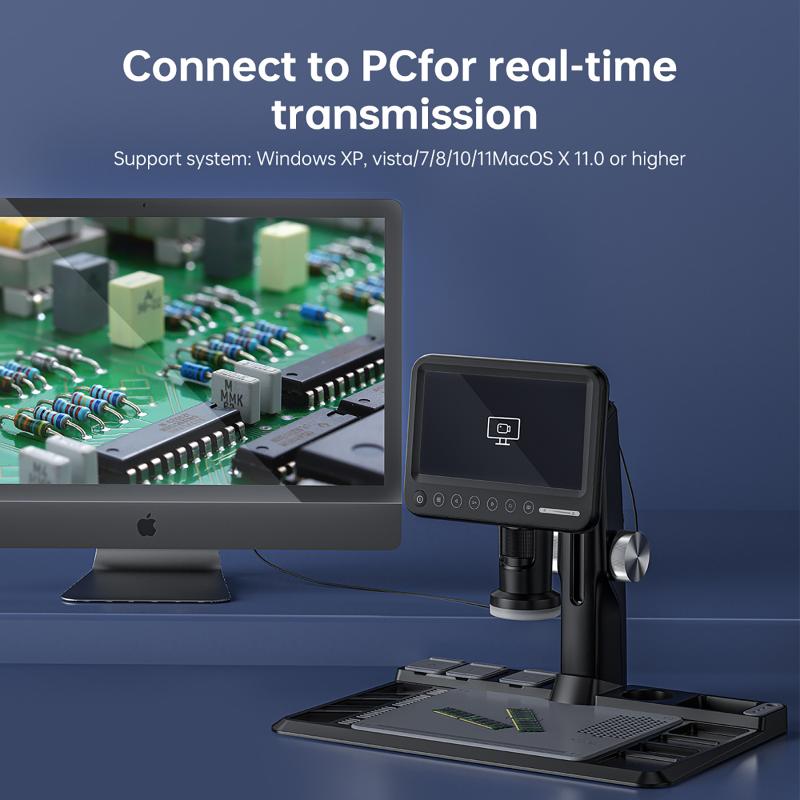
4、 Using a higher magnification eyepiece
Increasing the working distance of a microscope can be achieved through various methods, one of which is using a higher magnification eyepiece. The working distance refers to the distance between the objective lens and the specimen being observed. It is an important factor to consider, especially when examining larger or three-dimensional samples.
By using a higher magnification eyepiece, the effective magnification of the microscope is increased, allowing for a larger field of view. This, in turn, increases the working distance as the objective lens can be positioned further away from the specimen while still maintaining a clear image. The higher magnification eyepiece essentially acts as a magnifying lens, allowing for greater flexibility in positioning the objective lens.
However, it is important to note that using a higher magnification eyepiece may also result in a decrease in image quality, such as reduced resolution or increased distortion. This is because the higher magnification can amplify any imperfections in the optics of the microscope. Therefore, it is crucial to ensure that the microscope and eyepiece are of high quality to minimize these potential drawbacks.
Additionally, advancements in microscope technology have led to the development of specialized objectives with longer working distances. These objectives are designed to provide high-resolution imaging even at larger working distances, making them ideal for observing thicker specimens or samples that require manipulation.
In conclusion, using a higher magnification eyepiece can increase the working distance of a microscope, allowing for greater flexibility in positioning the objective lens. However, it is important to consider the potential trade-offs in image quality and ensure the quality of the microscope and eyepiece being used. Furthermore, exploring specialized objectives with longer working distances can also be beneficial in achieving optimal imaging results.
